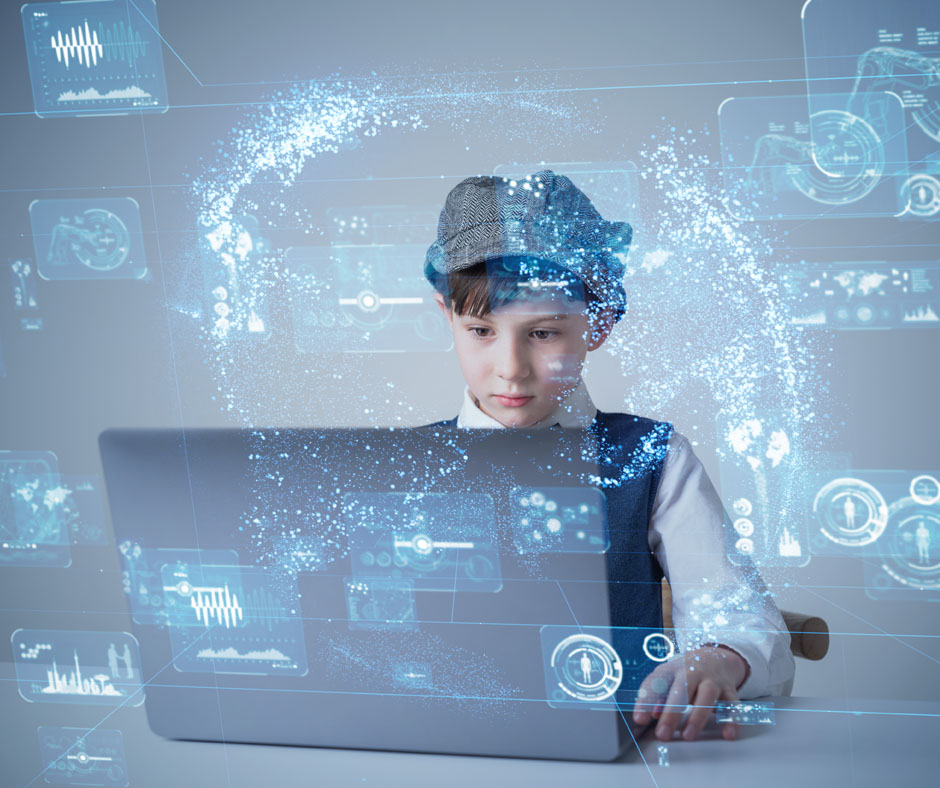

Introduction
The landscape of education has undergone seismic shifts in the wake of the COVID-19 pandemic. From remote learning to hybrid models, educators, students, and parents have had to adapt to unprecedented challenges. As we navigate through this post-pandemic era, it’s crucial to reflect on the lessons learned and explore innovative strategies to ensure quality education for all. In this blog post, we delve into the key challenges facing education today and propose effective strategies to address them.
Challenges
 Learning Loss: Extended periods of remote and hybrid learning have led to significant learning loss among students, particularly those from marginalized communities. Addressing this gap requires targeted interventions and personalized support to help students catch up.
Learning Loss: Extended periods of remote and hybrid learning have led to significant learning loss among students, particularly those from marginalized communities. Addressing this gap requires targeted interventions and personalized support to help students catch up.
Mental Health: The pandemic has taken a toll on the mental well-being of students and educators alike. Increased stress, anxiety, and isolation have become pervasive issues, highlighting the need for comprehensive mental health support services within educational institutions.
 Technology Divide: The shift to online learning has exacerbated existing inequalities in access to technology and reliable internet connectivity. Bridging the digital divide is essential to ensure equitable access to education for all students, regardless of their socio-economic background.
Technology Divide: The shift to online learning has exacerbated existing inequalities in access to technology and reliable internet connectivity. Bridging the digital divide is essential to ensure equitable access to education for all students, regardless of their socio-economic background.
Teacher Burnout: Educators have faced immense pressure in adapting to new teaching modalities while balancing personal and professional responsibilities. Addressing teacher burnout requires systemic support, including professional development opportunities, reduced workloads, and prioritizing teacher well-being.
Strategies
 Targeted Remediation Programs: Implementing targeted remediation programs to address learning gaps can help students regain lost ground. These programs may include personalized tutoring, small-group instruction, and data-driven interventions tailored to individual student needs.
Targeted Remediation Programs: Implementing targeted remediation programs to address learning gaps can help students regain lost ground. These programs may include personalized tutoring, small-group instruction, and data-driven interventions tailored to individual student needs.
Integrating Social-Emotional Learning (SEL): Prioritizing social-emotional learning within the curriculum can support students’ mental health and well-being. Incorporating SEL competencies such as self-awareness, empathy, and resilience can foster a positive school climate and enhance overall academic success.
 Closing the Digital Divide: Collaborating with community partners and leveraging government resources to provide students with access to technology and internet connectivity is crucial. Investing in infrastructure and providing devices and internet subsidies to underserved communities can help bridge the digital divide.
Closing the Digital Divide: Collaborating with community partners and leveraging government resources to provide students with access to technology and internet connectivity is crucial. Investing in infrastructure and providing devices and internet subsidies to underserved communities can help bridge the digital divide.
Promoting Educator Resilience: Offering professional development opportunities focused on stress management, self-care, and resilience-building can support educator well-being. Additionally, creating supportive work environments, reducing administrative burdens, and fostering a culture of appreciation can help mitigate teacher burnout.
Conclusion
As we move forward in this post-pandemic era, it’s imperative to address the multifaceted challenges facing education with creativity, resilience, and a commitment to equity. By implementing targeted strategies to support student learning, prioritize mental health, bridge the digital divide, and promote educator well-being, we can build a more inclusive and resilient education system that empowers all learners to thrive. Together, we can harness the lessons learned from the pandemic to shape a brighter future for education.





